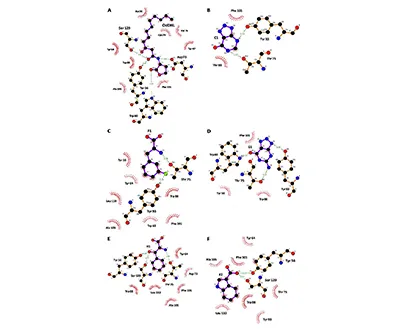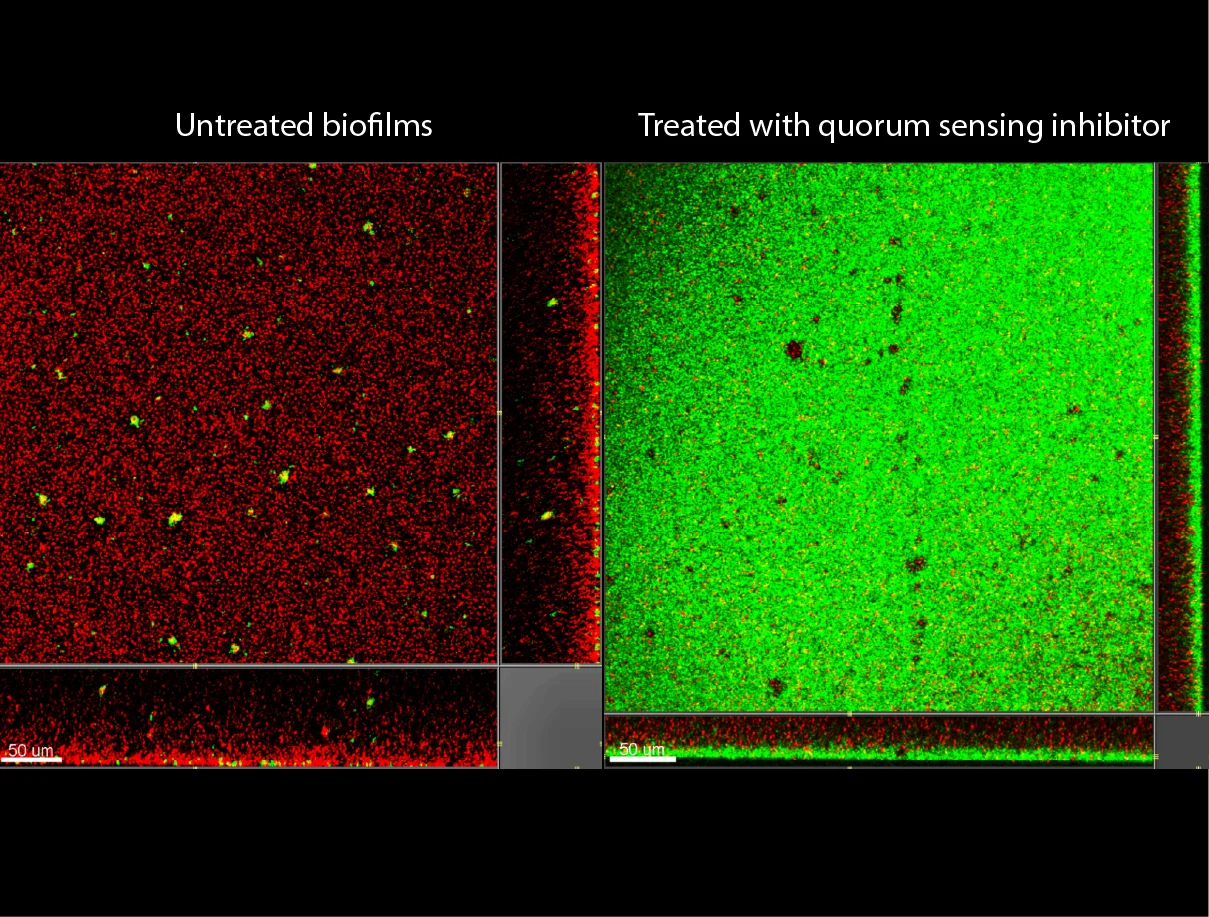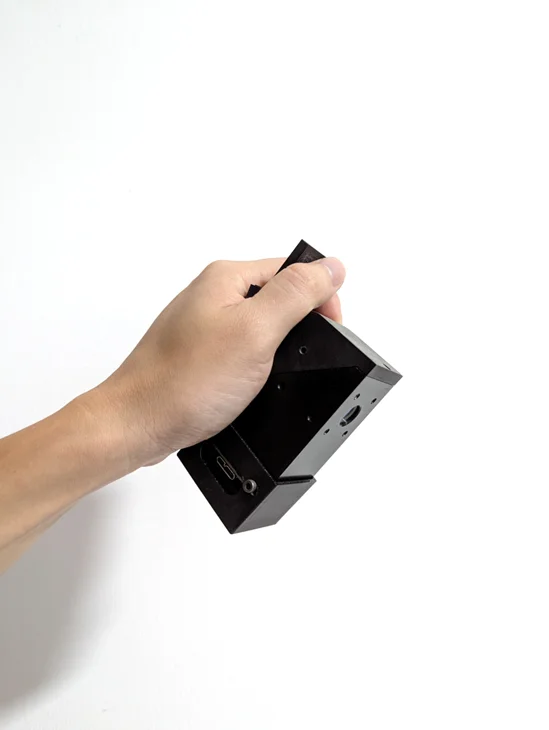Biofilm Detection & Control

The Biofilm Detection & Control research theme at SCELSE focuses on understanding the mechanisms of biofilm formation, persistence, and resistance to traditional antimicrobial treatments. Through innovative approaches, SCELSE develops new methods for detecting, controlling, and eradicating harmful biofilms, with applications across medical, environmental, and industrial sectors. This research is vital for tackling challenges such as antibiotic resistance and biofouling, contributing to sustainable practices and improved public health outcomes.
About the Research
SCELSE’s Biofilm Detection & Control projects address the complexities of biofilm formation and maintenance, which contribute to the resilience of microbial communities against conventional treatments. The project leverages advanced molecular techniques, biofilm-specific assays, and innovative imaging technologies to identify and target unique biofilm characteristics. By integrating synthetic chemistry, computational biology, and in vivo models, SCELSE aims to develop novel antimicrobial agents and diagnostic tools. This interdisciplinary approach enables SCELSE to create effective strategies for disrupting biofilm integrity, enhancing the efficacy of existing treatments, and preventing the spread of biofilm-associated infections in various settings.
- Quorum sensing inhibitors for biofilm control
- Antimicrobial peptides targeting biofilm-specific structures
- Development of novel diagnostic tools for biofilm detection
- Strategies for disrupting biofilm integrity
Programmes and Projects
SCELSE is revolutionising the fight against drug-resistant infections with breakthrough biofilm research. From disrupting bacterial communication to developing a rapid, point-of-care device for chronic wound detection, and designing precision-targeted antimicrobial peptides, SCELSE’s innovations promise smarter, faster, and safer treatments – tackling biofilms without harming beneficial microbes and transforming infection control in medicine.









